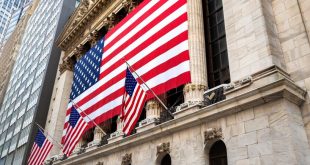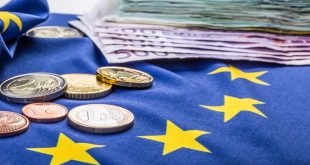Saudi Arabia is bracing for a challenging financial landscape in 2025, with public debt projected to climb to 29.9% of GDP by year-end, up from 29.3% in 2024. To address a funding gap estimated at $37 billion, the Kingdom plans to tap into debt markets and explore alternative financing avenues. This money will cover a growing deficit and settle maturing debts, but the road ahead may be bumpier than anticipated. Recent developments suggest the funding needs could exceed initial projections, driven by a significant drop in dividend payouts from the state-owned oil giant, a cornerstone of the nation’s economy.
The oil company, a major revenue source for the Kingdom, has announced a nearly 30% reduction in dividends for 2025, dropping from $124 billion last year to $85.4 billion. This includes a sharp decline from $43.1 billion in performance-linked dividends to a leaner payout structure. With the government holding a commandingರ
The Kingdom, through its sovereign wealth fund and direct ownership, controls a vast majority of the oil firm’s shares, making this cut a direct hit to state revenues. Analysts suggest this shortfall could force a rethink of ambitious investment plans, with credit rating experts pointing to the government’s ability to adjust capital expenditures and related spending. Recent examples show a pattern of scaling back or resequencing projects, offering some breathing room if oil prices falter. However, this flexibility comes with a catch: reduced investment could slow efforts to diversify the economy beyond its oil dependency—a key pillar of the nation’s long-term vision.
Ironically, moving away from oil reliance hinges on robust oil demand and strong prices, yet 2025 brings heightened uncertainty. A new U.S. administration’s push for tariffs on major trade partners could ripple through global economies, including powerhouses like the U.S. and China.
If growth stalls, oil demand—and prices—could slump, shrinking Saudi oil revenues further. Adding to the pressure, the OPEC+ alliance is set to ramp up production amid forecasts of weaker demand growth, a combo that may keep oil prices in check. Recent polls peg prices hovering around $70 per barrel, a level that leaves Saudi Arabia with tough choices: borrow more to fuel its mega projects or hit pause on some of those grand ambitions.
The stakes are high as the Kingdom navigates this delicate balance—funding transformative projects while grappling with a volatile oil market. The coming year will test the resilience of its financial strategy and its vision for a diversified future.

 Noor Trends News, Technical Analysis, Educational Tools and Recommendations
Noor Trends News, Technical Analysis, Educational Tools and Recommendations




